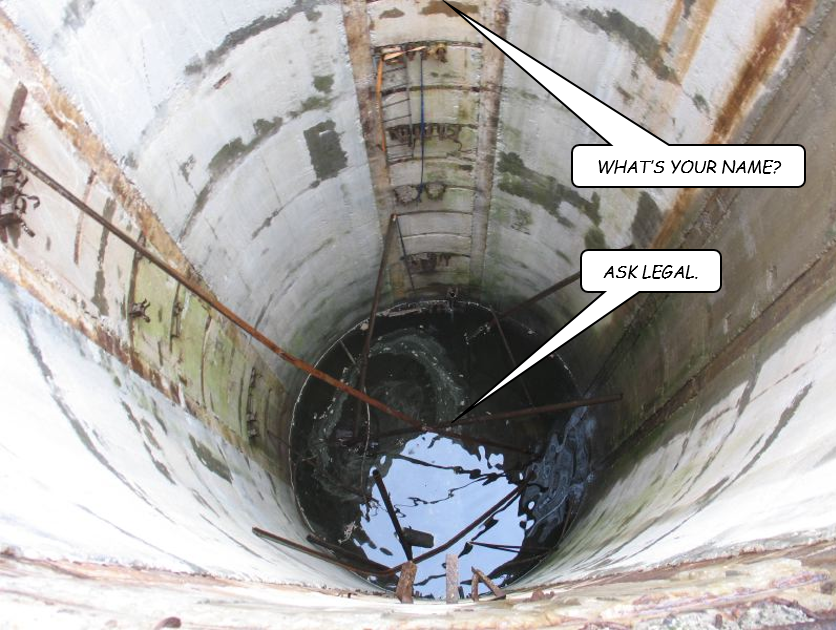Silo
|
Silos, as anyone who has worked in financial services will know, are endemic. They are no regrettable externality of a modern organisation, but a fundamental ideological choice that it makes. “Downskilling” and specialisation — and by “specialisation” I mean “atomising a process into a myriad of functions so limited in scope that they can be carried out by non specialists, following a playbook” — is no accident, but precisely what our modernist, reductionist, data-obsessed times demand. Not an accident, but one waiting to happen.
Silos also give everyone grand pooh-bah titles and diffused responsibility. Co-heads of anything is either a failure of nerve (the case here) or a Spartan fight to the death to see who is strongest (the Goldman approach), but the more practical point is that, quand l’ordure se frappe le ventilateur, it is not co-grand-pooh-bahs you want directing the traffic — far better to lock them in a dark cupboard, actually — but subject matter experts with time to think and space to act who can figure out what has happened, what needs to happen, and how best to make it happen.
Silos are kryptonite to subject matter experts: there is a reverse-emergence problem here though. If you diffuse one subject matter expert’s skills among five school-leavers from Bucharest, you lose something: you trade a somewhat expensive capacity for a small amount of magic for a whole lot of cheap faffing around: lateral escalation. misunderstanding; confusion. If you cut open the golden goose, you do not get an infinite supply of golden eggs.
Diffusion of responsibility
Any homeowner who has had substantial work done to their property well instinctively understand the peril of siloisation. There are at least three subject matter experts involved: and architect, a project manager and the builder and its subcontractors (being in a contractual chain, the builder and subcontractors do not count as separate silos. This demonstrates one putative superpower of the contractual chain of delegation: it does not — well, need not — diffuse responsibility).
Imagine for a minute that the building project does not go well. The architect will blame the project manager full stop the project manager will blame the builder. The builder will blame the architect. You, the customer, no two things: firstly, that at least one person has buggered up; secondly, that it was not you. However, the expertise required to diagnose fault lies with the three professionals, who, each being self interested, seem unable to reach consensus on responsibility. Each will find fault with the other two.
In all likelihood, everyone is somewhat at fault, but this just makes the job of allocating fault between the three of them even harder. And no appeal even to simple balance of probabilities help: expected loss theory tells us that each of the three parties is one third likely to have been responsible.
The best example of siloised responsibility dodging is the disaster that was the construction of berlin's Wili Brandt airport: a decision to split responsibility seven ways and, when that didn't work, to further split it into 21 different sections created a multi decadal chaos. The airport was 10 years late and came in €4bn over budget.[1]
See also
- ↑ Hilarious podcast about it.
